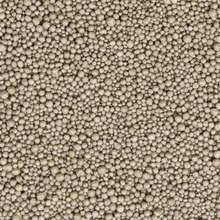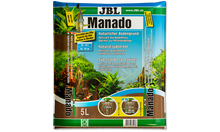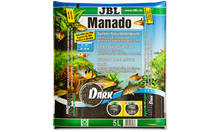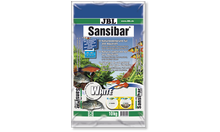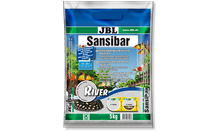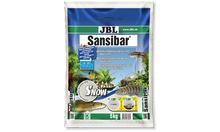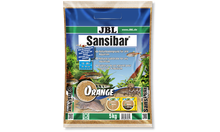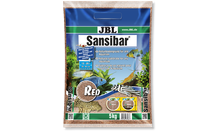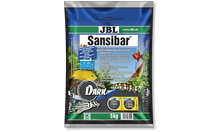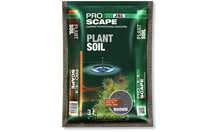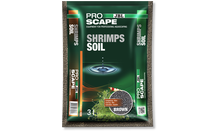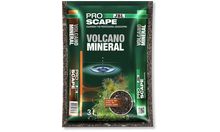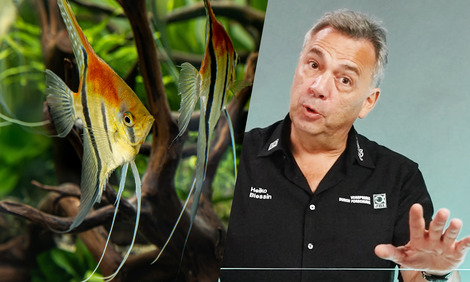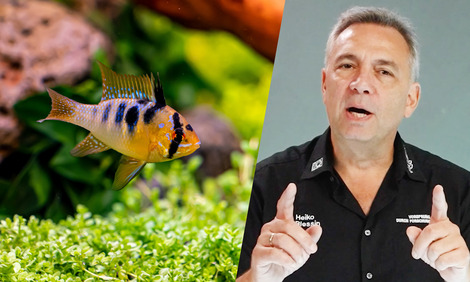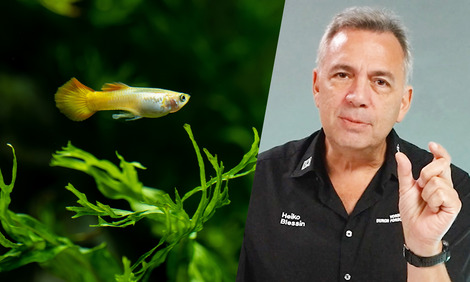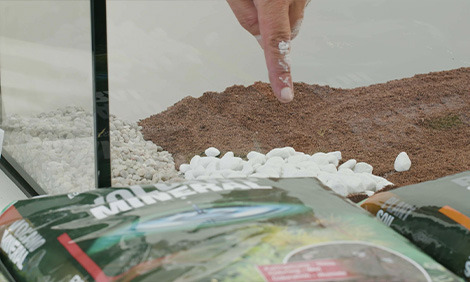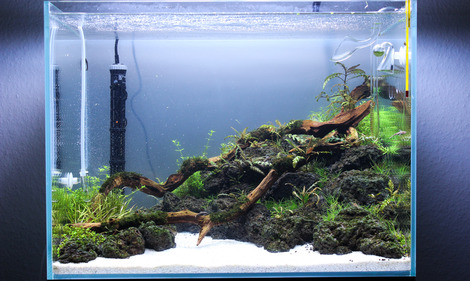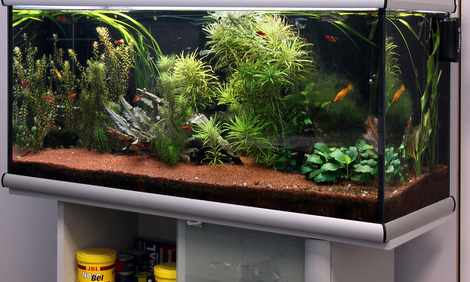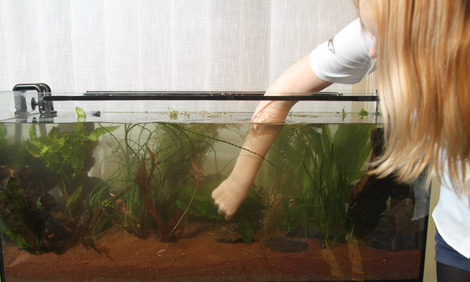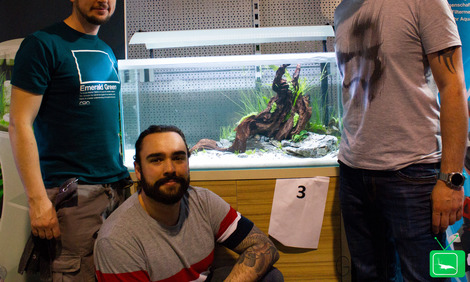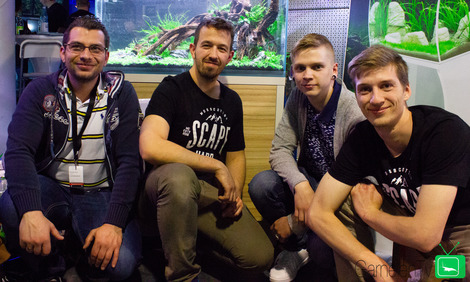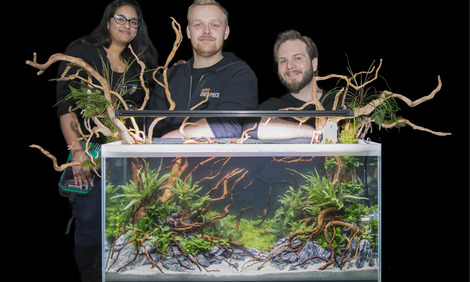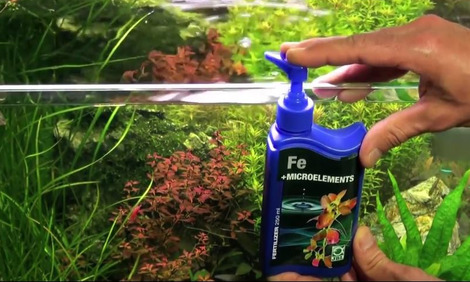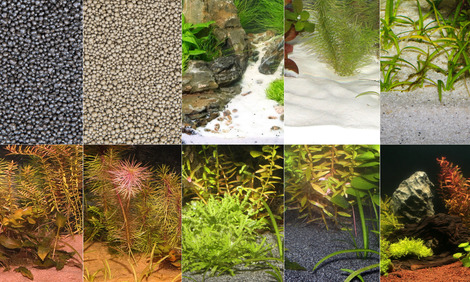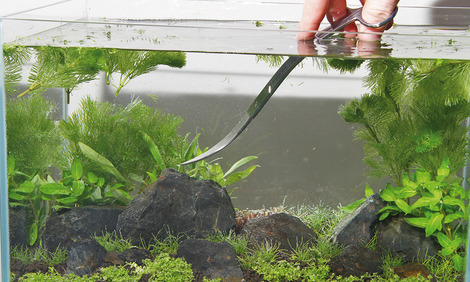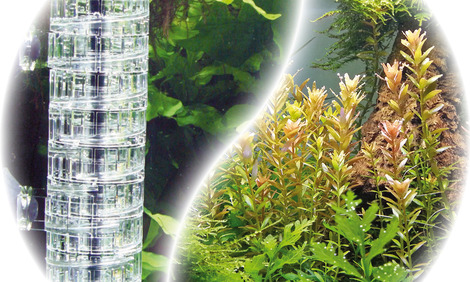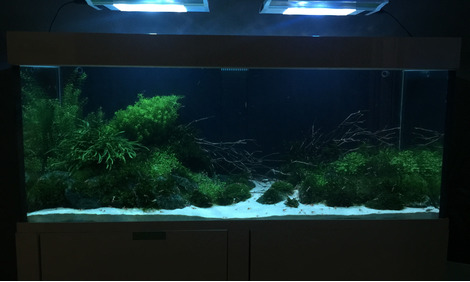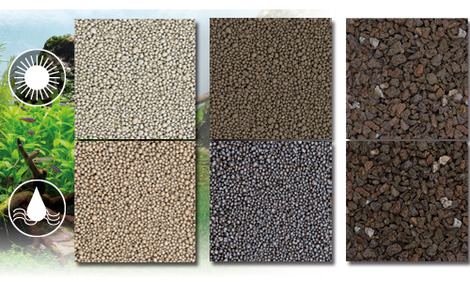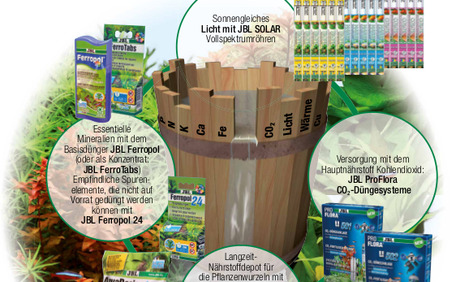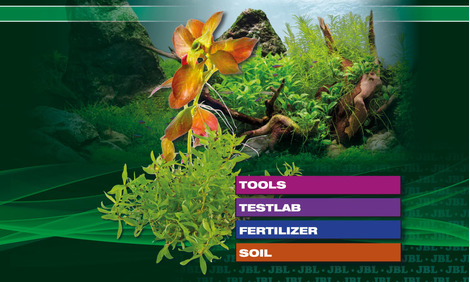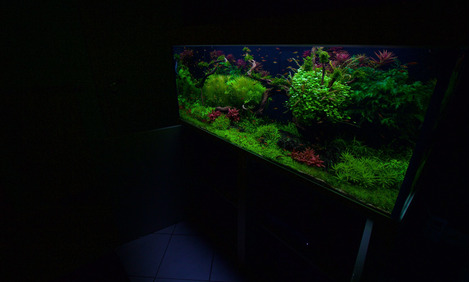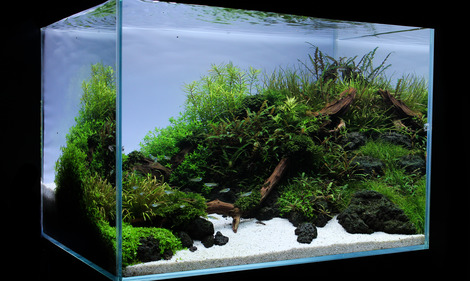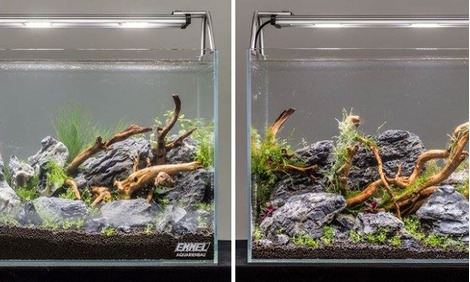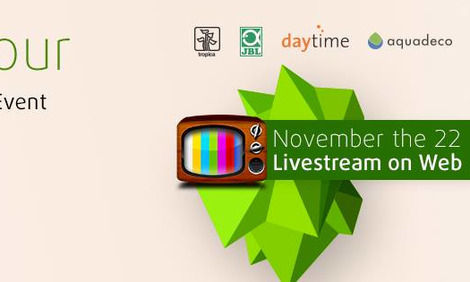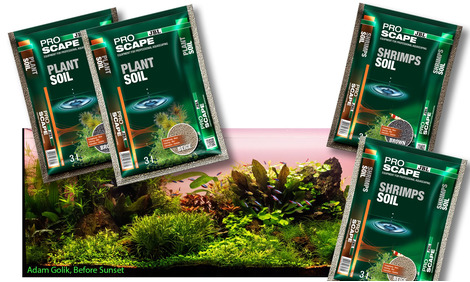Underwater gardeners
Aquascaping is the term used to describe the technique of designing aquarium landscapes. This is the place for plant compositions, for the reproduction of a landscape above water or for natural biotopes. An aquascaping aquarium contains no or few fish and invertebrates. This way the nutrient supply for plants is reduced and their growth is limited. Nitrogens, phosphorus and other minerals become scarce substances and need precise re-dosing. The plants need light, CO2 and the right nutrients for their healthy growth in a beautiful underwater landscape.
Rich in minerals
ProScape soils are dedicated substrates which have been especially adapted to the requirements of aquascapers. Soils are not neutral to water, but have a softening effect. They make the water softer and acidify the water just enough to slide the pH value slightly into the acidic range. The JBL PlantSoils are rich in nutrients and immediately supply the plants with both nutrients and minerals, whereas ShrimpsSoils are lower in nutrients.
Use:
Rinse the substrate briefly in tap water to wash away any abrasion caused in transport. To avoid accumulation of minerals in the water, carry out a 50 % water change every 2 to 3 days in the first two weeks after filling. The softening effect decreases in the course of time because the influence of the water values depend on the input water values and the intervals between the water changes.
Products & Shop
JBL PROSCAPE PLANT SOIL BEIGE
Beige freshwater aquarium substrate for aquascaping
- Complete nutrient substrate for aquatic plants: special substrate for aquascaping aquariums
- Thriving plant growth: ideal oxygen supply and circulation due to medium grain size
- Immediate nutrient and mineral supply for plants
- Tropical water values: slightly acidic pH values and low carbonate hardness. Reduces water hardness – water becomes soft
- Contents: 1 bag ProScape PlantSoil Beige
-
Archive
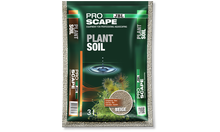 Content:3 l
Content:3 l -
Archive
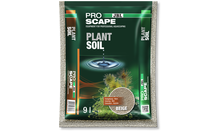 Content:9 l
Content:9 l
You may also be interested in
JBL PROSCAPE PLANT SOIL BEIGE 3 l
Properties
| Animal species: | Arowana, Axolotl, Barbels, Bettas, Bichirs/reedfish, Blowfish, Catfish, Cichlids (South America), Crayfish, Danions, Discus, Dwarf shrimps, Flowerhorn, Goldfish, Gouramis, Guppy, Juvenile fish, Killifish, Livebearers, Loaches, Mussels, Newts, Panchaxes, Rainbowfish, Snails, Spiny eels, Tetra, Veiltails, freshwater butterflyfish |
| Animal size: | For all animal sizes |
| Animal age group: | All aquarium fish |
| Volume habitat: | 12-25 L (30-40cm) |
| Material: | soil |
| Colour: | beige |
Electronic label / illuminant
| Mercury: | No |
| Dimmable: | No |
Technical Data
| Height: | 400 mm |
| Length: | 280 mm |
| Width: | 27 mm |
JBL PROSCAPE PLANT SOIL BEIGE 9 l
Properties
| Animal species: | Arowana, Axolotl, Barbels, Bettas, Bichirs/reedfish, Blowfish, Catfish, Cichlids (South America), Crayfish, Danions, Discus, Dwarf shrimps, Flowerhorn, Goldfish, Gouramis, Guppy, Juvenile fish, Killifish, Livebearers, Loaches, Mussels, Newts, Panchaxes, Rainbowfish, Snails, Spiny eels, Tetra, Veiltails, freshwater butterflyfish |
| Animal size: | For all animal sizes |
| Animal age group: | All aquarium fish |
| Volume habitat: | 112 L (80 cm) |
| Material: | soil |
| Colour: | beige |
Electronic label / illuminant
| Mercury: | No |
| Dimmable: | No |
Technical Data
| Height: | 430 mm |
| Length: | 340 mm |
| Width: | 62 mm |
The JBL PROSCAPE SOIL varieties are small balls of baked earth. JBL PROSCAPE PLANT SOIL has nutrients mixed inside and this is why its use as an undergravel filter creates a strong flow through the soil. This in turn intensively flushes the nutrients from the soil, leading to a larger quantity than the plants usually need and thus a surplus. The running time is greatly reduced. The bigger problem is the durability of the firing when it is being used as a filter medium for the undergravel filter. The friction and flow subjects the beads to greater wear and tear. As a result, the constant abrasion creates a kind of sludge that causes the filter performance to decrease rapidly. Classic substrate types that allow sufficient water flow are suitable for this type of filtration.
It is not possible to make a general statement about the maximum time period of the pH decreasing effect of a soil. The softening and pH value reducing effect depends, among other factors, on:
a) the quantity of the soil based on the volume,
b) the input water values, especially the carbonate hardness,
c) the frequency and quantity of the water changes which were carried out.







